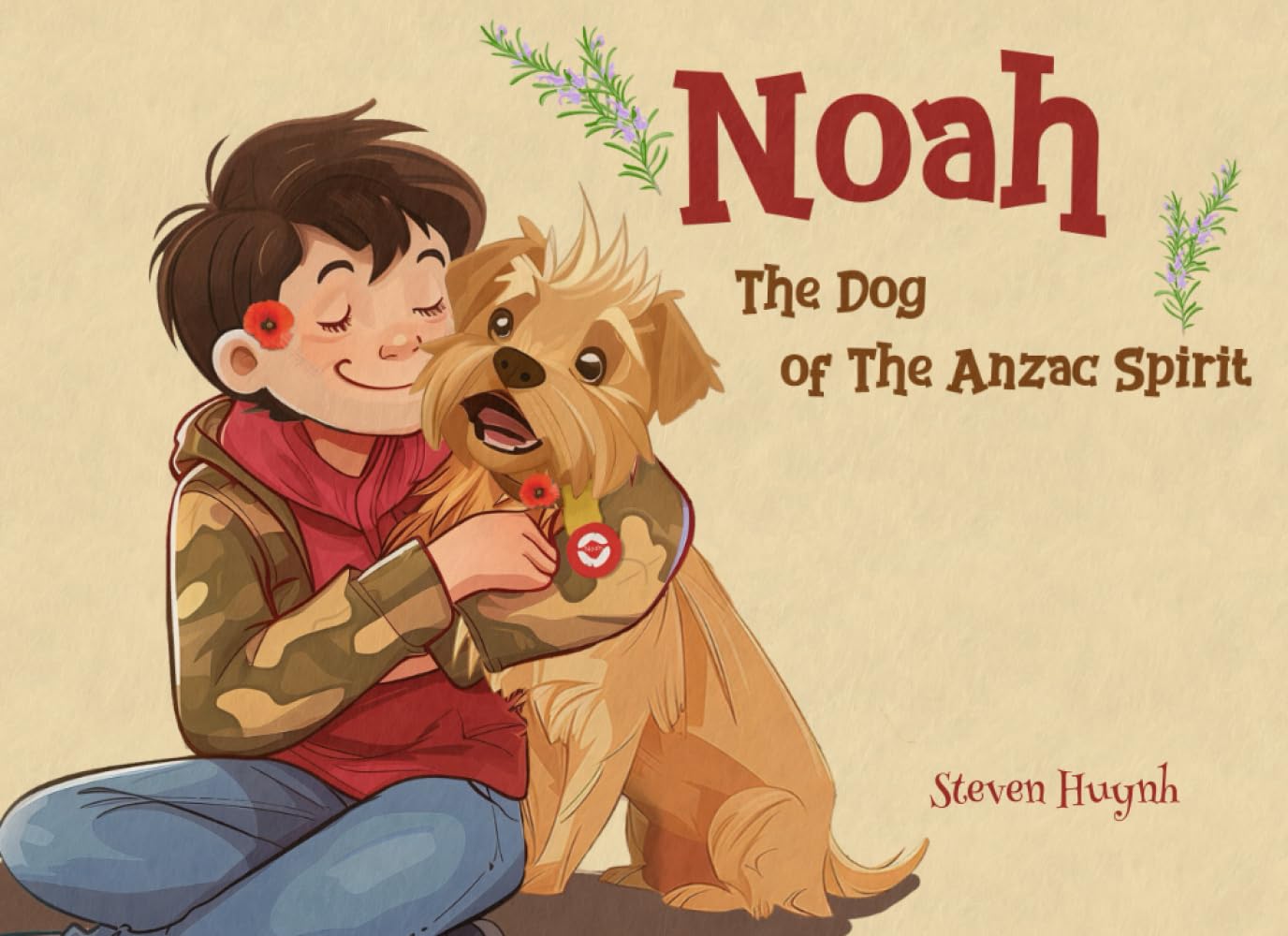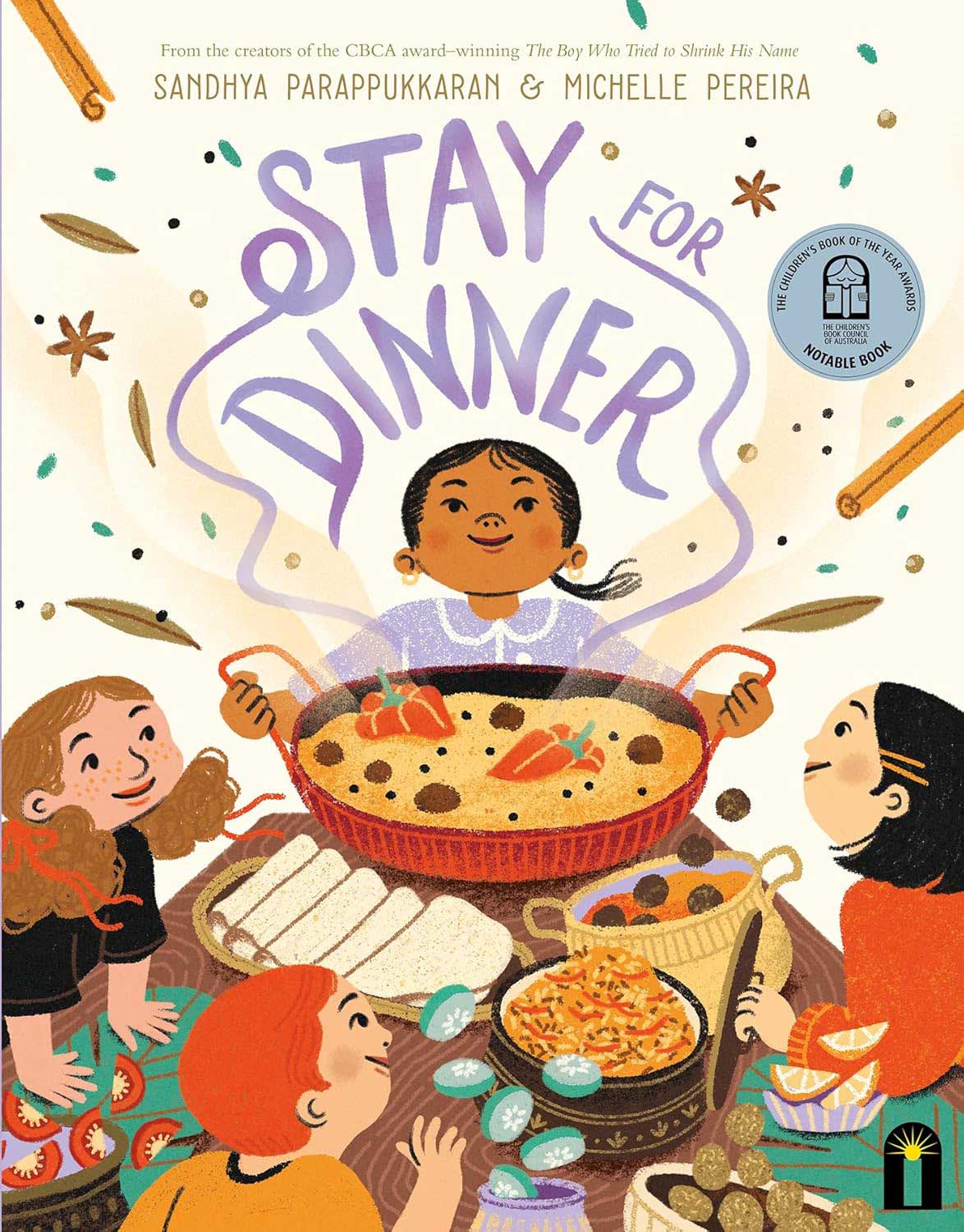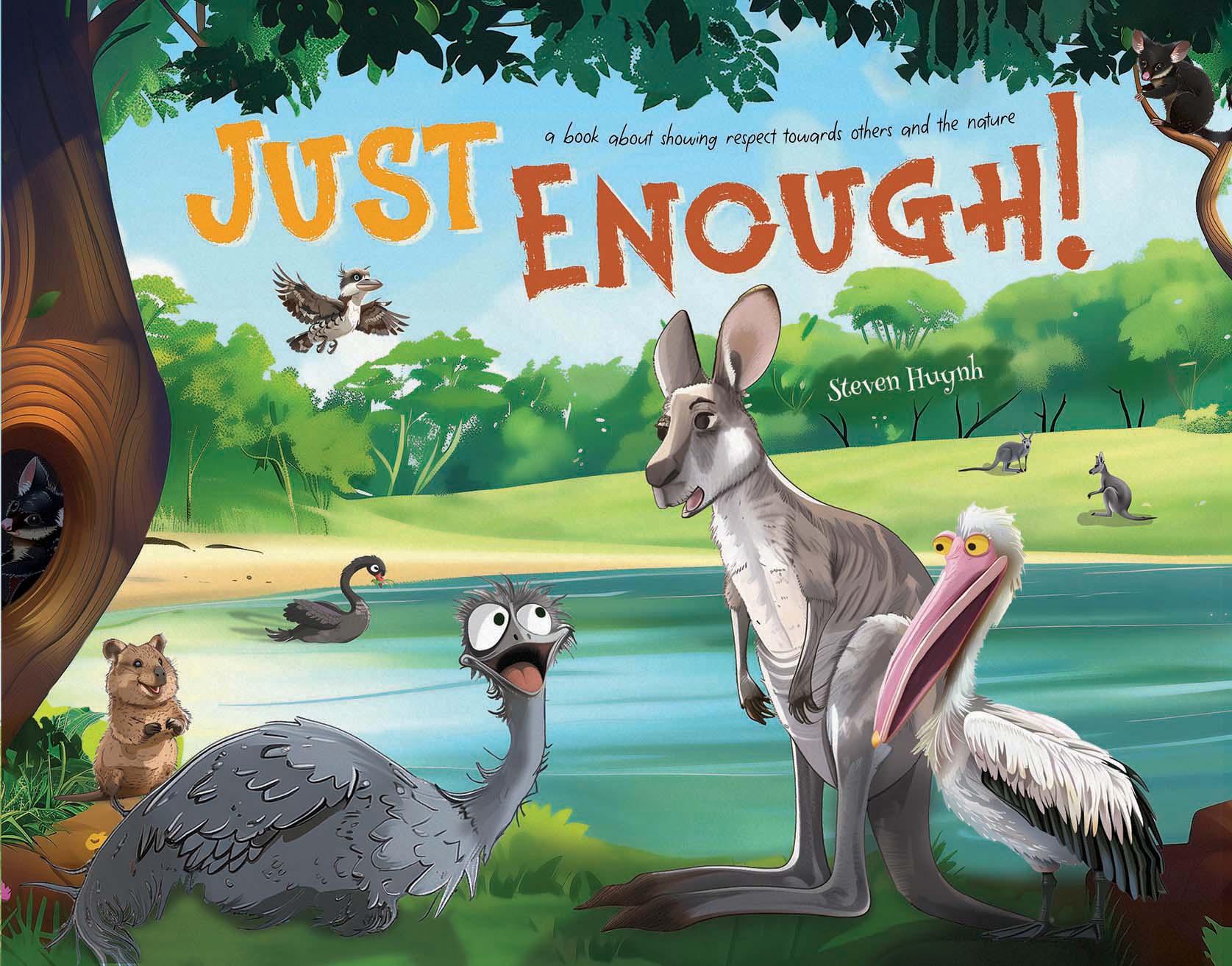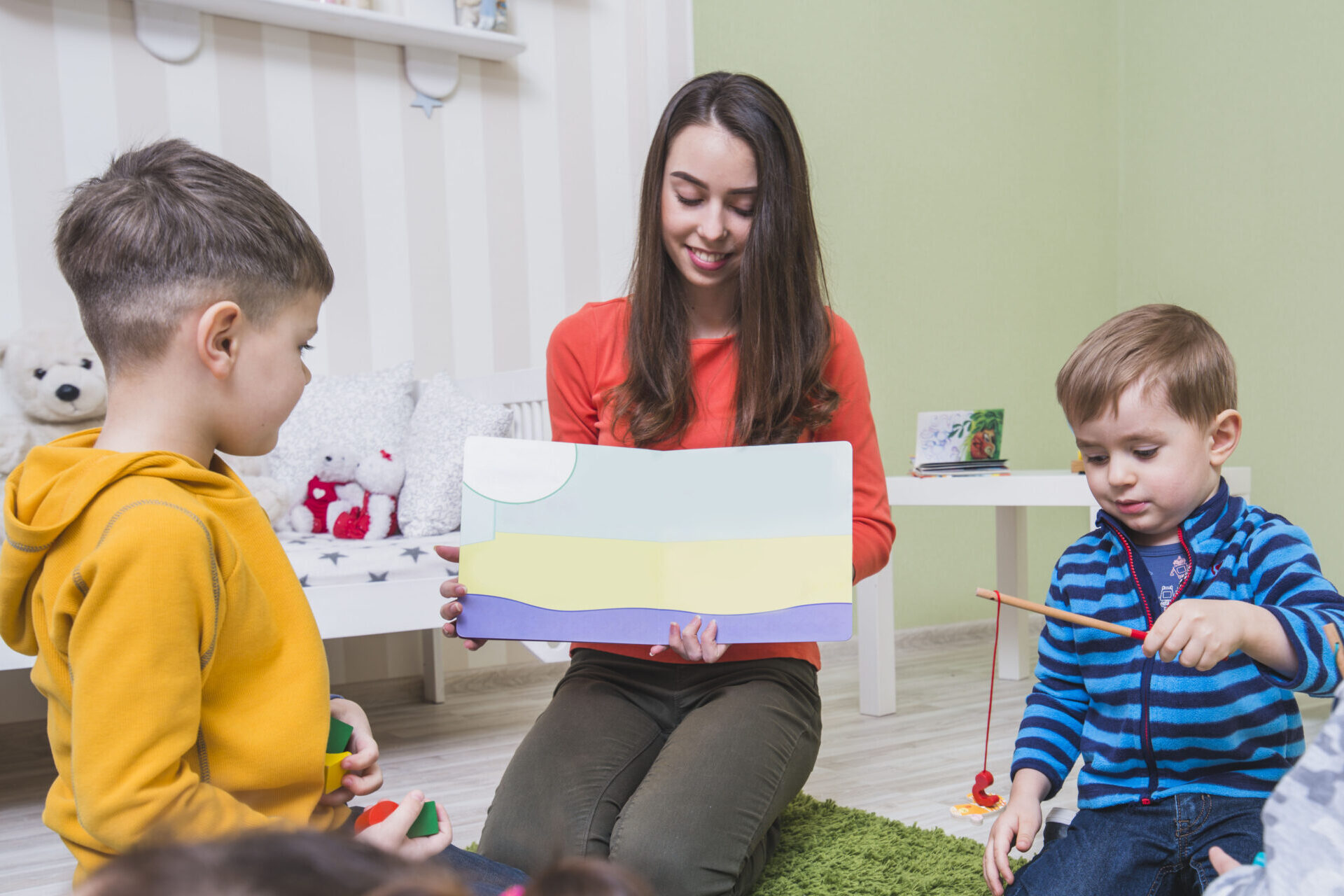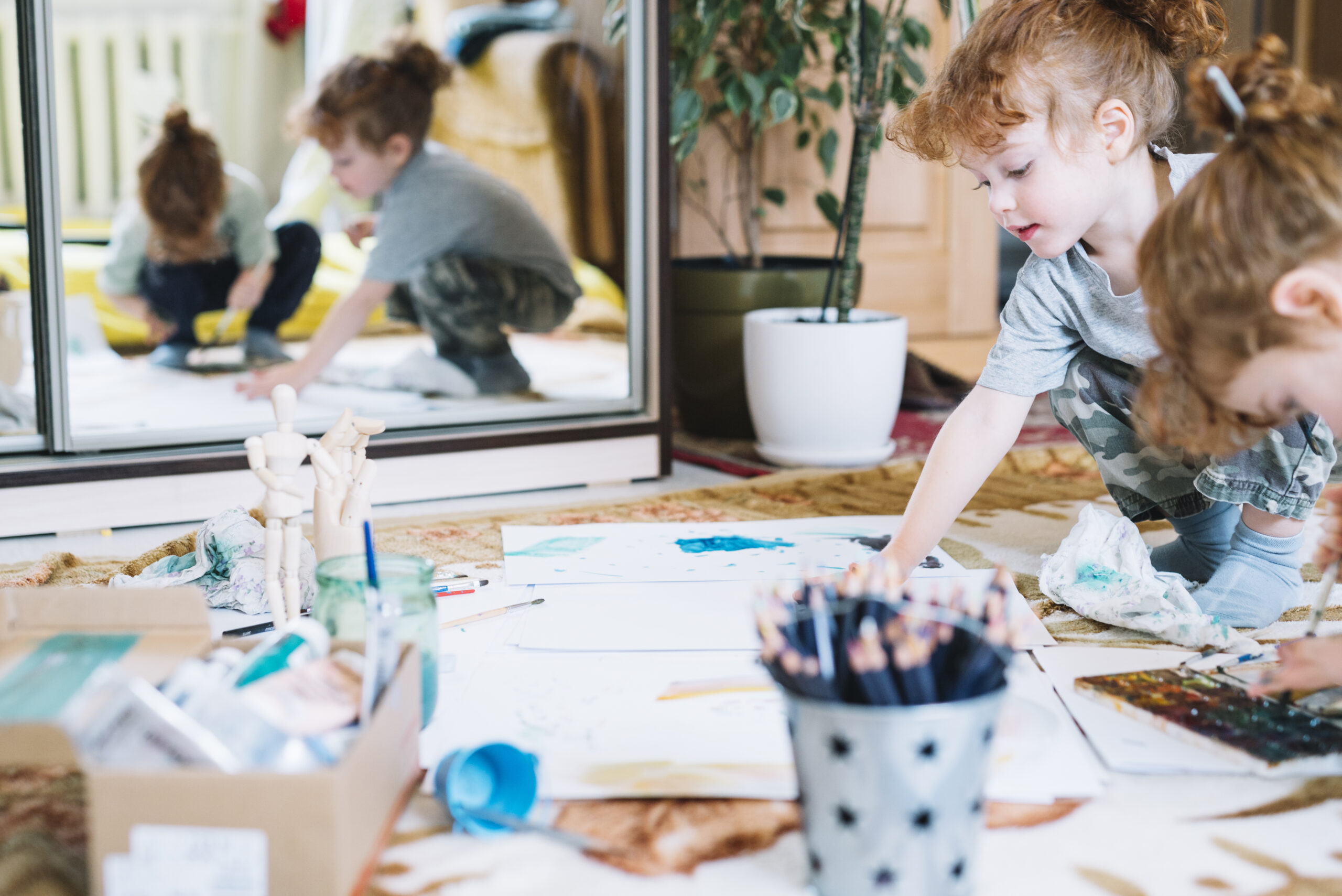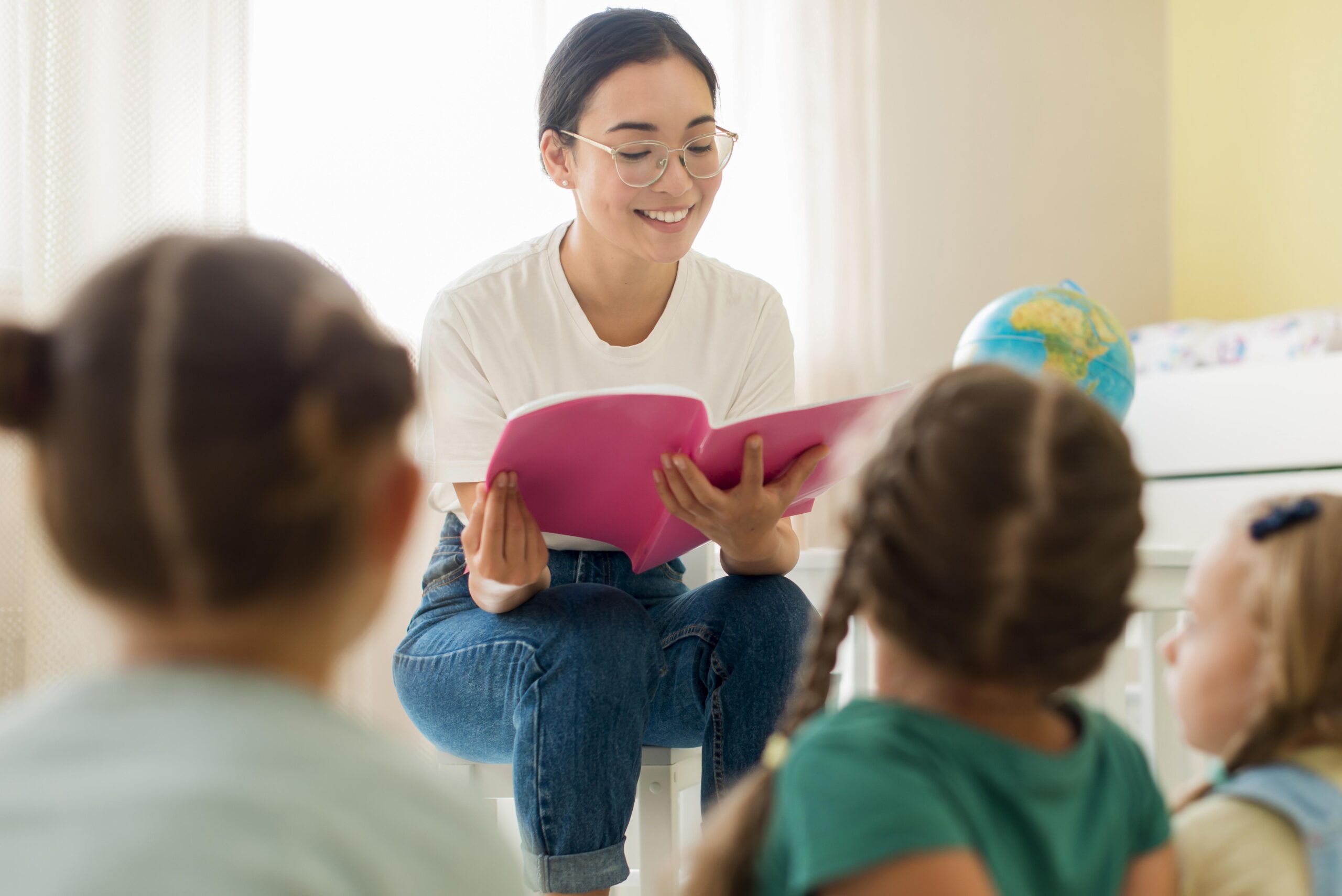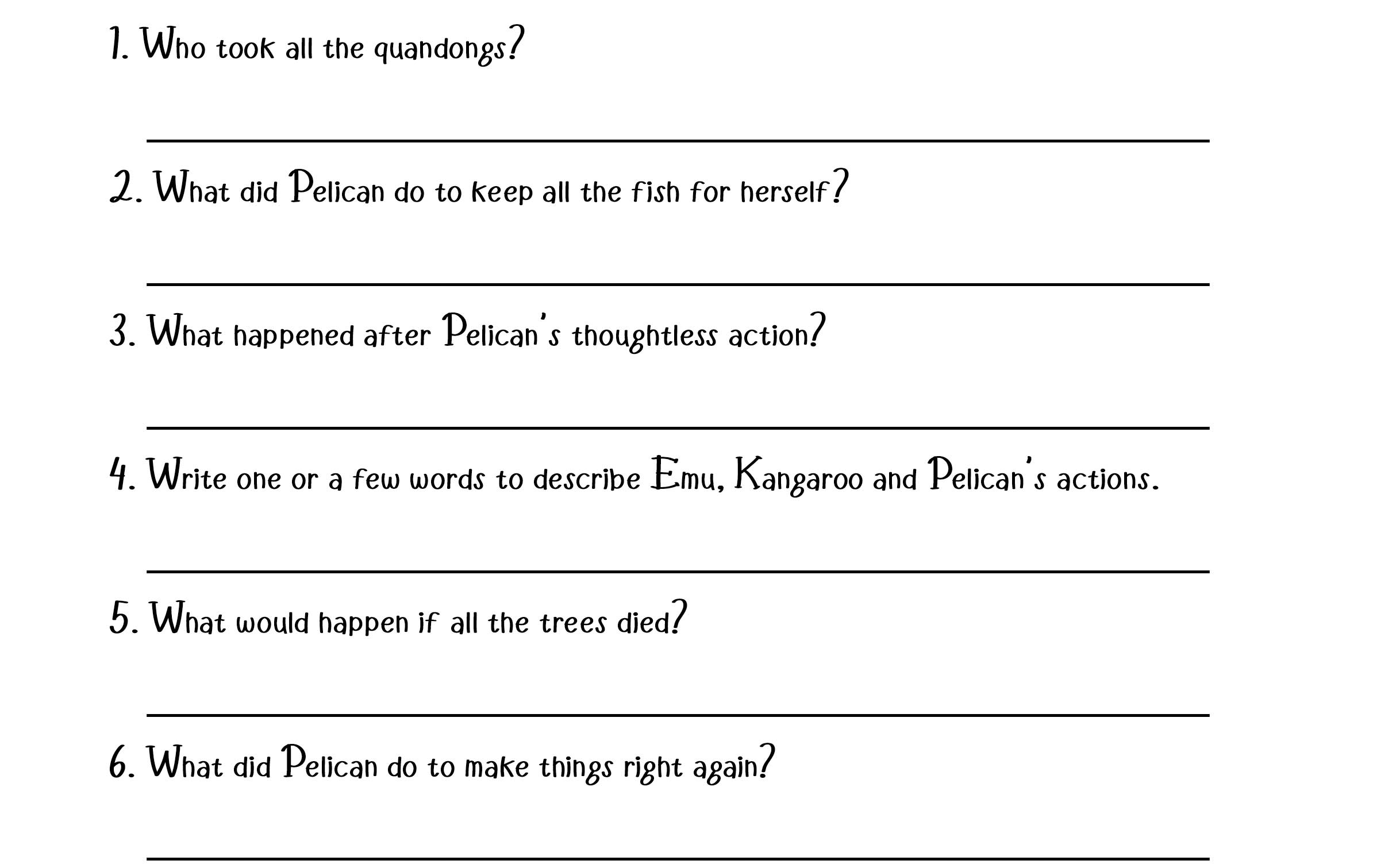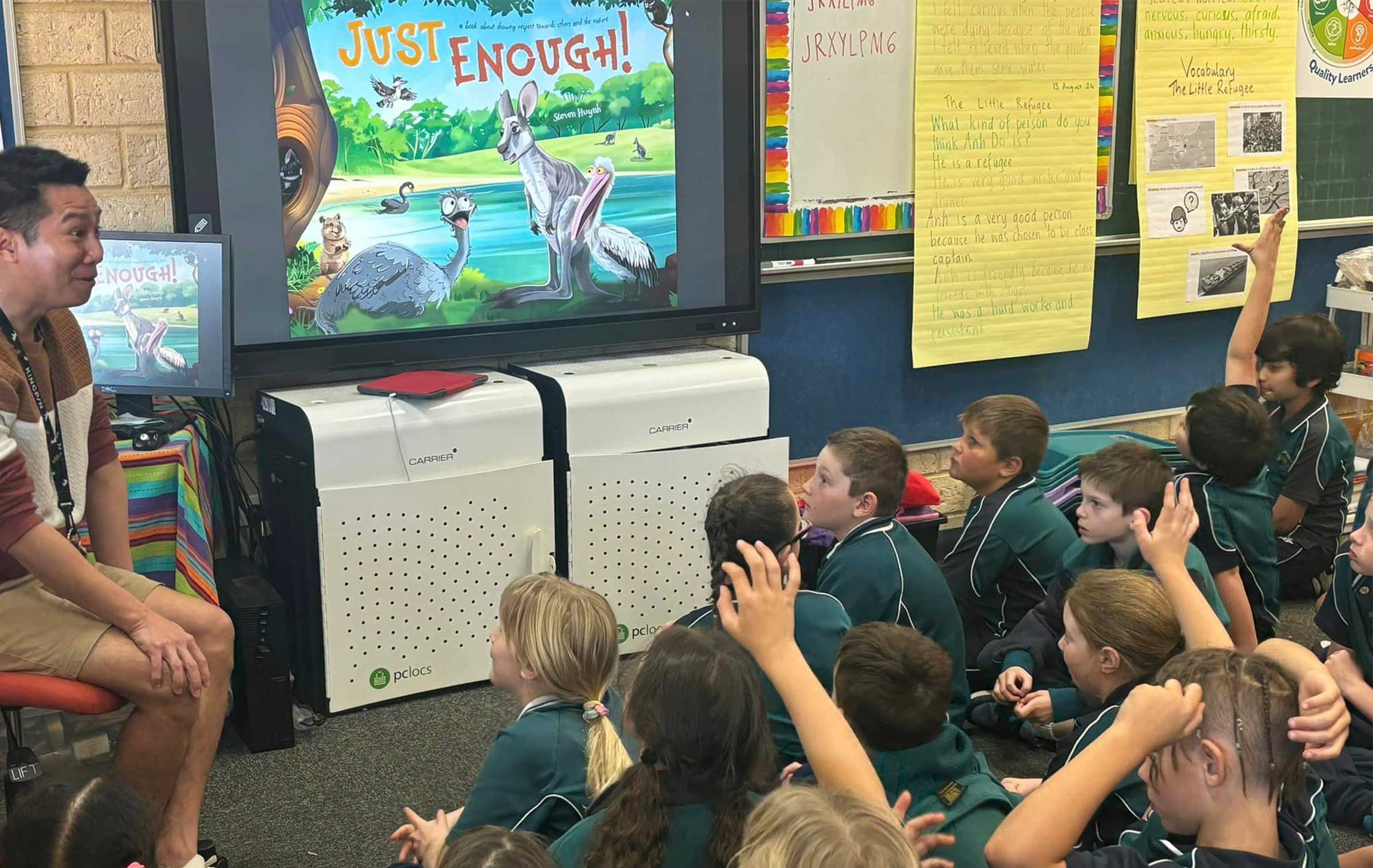Year 2
Children’s Picture Books and Activities Aligned with the Australian Curriculum for Year 2
This section offers a collection of children’s books, learning activities, and lessons designed for Year 2 students (age 7), all aligned with the Australian Curriculum. You’ll find resources across key learning areas including English, Mathematics, Science, Design and Technologies, Humanities and Social Sciences (HaSS), and Health and Physical Education.
Perfect for teachers and parents, these materials help Year 2 learners strengthen their understanding through rich texts, practical problem-solving, and creative exploration.
If you’re teaching a composite class or searching by theme or topic, we recommend visiting our Subject section for easier filtering across year levels.
-
Noah: The Dog Of The Anzac Spirit
Written & illustrated by Steven Huynh
Published by Steven De GC
Theme/topic: Commemorations, Courage, Family history, Friendship, Important sites, Kindness, and Persistence
The story weaves themes of courage, kindness, and resilience with an appreciation for Australia’s history. Noah, a lovable and compassionate dog, dreams of becoming a hero like his owner’s grandfather, an Anzac veteran. Inspired by stories shared through photos of Grandpa (ACHASSK013 – Foundation Year, Humanities and Social Sciences), Noah finds daily motivation to use his strength—kindness—to help others (ACPPS001, ACPPS015 – Foundation to Year 2, Health and Physical Education).
The story also touches on the importance of commemorating past events, such as Anzac Day, that hold deep meaning for communities (ACHASSK012 – Foundation Year, Humanities and Social Sciences) and highlights a historical site dedicated to honouring Anzac soldiers (ACHASSK045 – Year 2, Humanities and Social Sciences). Through vibrant illustrations and an engaging narrative, Noah: The Dog of the Anzac Spirit inspires young readers to embody the Anzac values of perseverance and resilience (ACPPS020 – Years 1 and 2, Health and Physical Education), while fostering a connection to Australia’s rich cultural heritage.
ACHASSK012 (Humanities and Social Sciences – Foundation) ACHASSK013 (Humanities and Social Sciences – Foundation) ACHASSK045 (Humanities and Social Sciences – Year 2) ACPPS001 (Health and Physical Education – Foundation) ACPPS015 (Health and Physical Education – Year 1, Year 2) ACPPS020 (Health and Physical Education – Year 1, Year 2)Stay For Dinner
Written by Sandhya Parappukkaran
Illustrated by Michelle Pereira
Published by Bright Light
Theme/topic: Culture, Diversity, Emotion recognition, Identity, Narrative, and Vocabulary expansion
Stay for Dinner by Sandhya Parappukkaran is a vibrant celebration of cultural diversity and the connections made through shared meals. The story centres on a family preparing a special dinner for their child’s friends, offering a glimpse into various mealtime customs and table manners (AC9HP2P01 – Years 1 and 2, Health and Physical Education). Through the lens of this dinner, the book explores the emotional responses and questions that arise from cultural traditions (AC9HP2P03 – Years 1 and 2, Health and Physical Education), encouraging children to embrace diversity and appreciate the richness of different cultural backgrounds (AC9HP2P02 – Years 1 and 2, Health and Physical Education).
The narrative is brought to life with vivid sound and imagery words such as “squish,” “splash,” “slice,” and “prong,” capturing the sensory experience of the meal. Culinary terms like “papadum,” “sadhya,” and “dumpling” add authenticity and depth, inviting readers into the world of diverse cuisines. As the main character reflects on her and her friends’ mealtime experiences, the story underscores the importance of understanding and respecting different customs, fostering a sense of togetherness and mutual respect.
With its rich illustrations and heartwarming themes, Stay for Dinner inspires children to find joy in sharing meals and traditions, highlighting the value of friendship and cultural appreciation.
Books and Activities for Celebrating Aussie Christmas
Celebrate Australian national holidays with creative storytelling activities! Discover engaging ideas to spark imagination, honour traditions, and create meaningful family memories through festive and educational fun.
Just Enough!
Written & illustrated by Steven Huynh
Published by Steven De GC
Theme/topic: Basic needs, Health and Physical Education, and Sustainability
The narrative encourages students to take only what is needed (ACPPS006, ACPPS022 – Foundation to Year 2 Health and Physical Education), reinforcing fairness in sharing resources like classroom materials. It also explores the negative consequences of overuse by addressing the basic needs of animals—food, water, and shelter (ACSSU002 – Foundation Year Science) —demonstrating how overuse impacts wildlife and habitats. Highlighting environmental changes caused by resource depletion (ACSSU019 – Year 1 Science), fostering the awareness of sustainability. With its rich themes of sharing and environmental stewardship, this story inspires young learners to adopt mindful, responsible habits in their daily lives.
Using Stories to Build Empathy and Understanding in Young Learners
Discover how storytelling can foster empathy in education and support emotional growth in young learners. Unlock the power of stories to build understanding and emotional intelligence.
Mindfulness for Young Children through Storytelling
Explore how to teach mindfulness to young children using storytelling and simple activities. A practical guide for Australian teachers aligned with the Australian Curriculum.
6 Tips for Parents to Engage Storybooks in Children’s Learning Journey
Discover effective ways for parents to engage in their child’s primary school learning journey. Explore how storytelling at home can enhance Australian home learning and foster parental involvement.
Fun and Educational Spring Activities for Australian Classrooms
Discover hands-on spring activities for Australian classrooms that promote early learning through engaging outdoor experiences for young students.
How to Foster Emotional Intelligence in Young Learners Through Storytelling
Discover how storytelling can foster emotional intelligence in young learners through social-emotional learning (SEL) activities. Boost empathy and self-awareness in early childhood education.
From Story to Study: an Innovative Learning Experience with Storybooks
Explore creative ways to use a children’s book across subjects, enhancing literacy and building connections between diverse skills in the classroom.
How to Plan an Engaging Lesson Using Storytelling
Unlock the power of storytelling in your lesson plans! Learn how to create engaging, captivating lessons that inspire students and enhance learning, all while aligning with the Australian Curriculum.
How to Effectively Deliver Storytelling to Young Learners in the Classroom Setting
Discover effective storytelling techniques for children that enhance engagement and learning in the classroom.
Why Storytelling is Essential in the Classroom: Key Benefits for Educators
Discover the key benefits of storytelling in Education for 5-7-year-old classrooms. Enhance classroom engagement, boost empathy, and build critical thinking skills.
Sharing Is Caring!
📔 Just Enough! by Steven Huynh• Children learn to take turns and share learning materials with friends.
Just Enough! – A Thoughtful Moral on Resourcefulness and Responsibility
The picture book empowers children to be mindful about how they use classroom resources and encourages self-reflection.
Just Enough!’s Reading Comprehension
📔 Just Enough! by Steven Huynh• Students learn to identify and extract key information from the text to deepen their comprehension.
• Students learn to relate elements of the text to their own lives.Boost Early Literacy with Dialogic Reading in Australian Classrooms
Enhance early literacy with dialogic reading. Discover how this evidence-based strategy supports the Australian Curriculum and boosts student engagement.
Just Enough! Colouring
📔 Just Enough! by Steven Huynh• Students learn that different materials, such as coloured pencils, crayons and markers, have different purposes.
• Students learn to use different techniques to make their colouring neat and appealing.Dialogic Reading with Just Enough!
📔 Just Enough! by Steven Huynh• Students are learning to make predictions and connections between the illustrations and text to deepen their understanding of the story.



